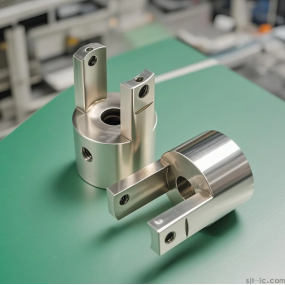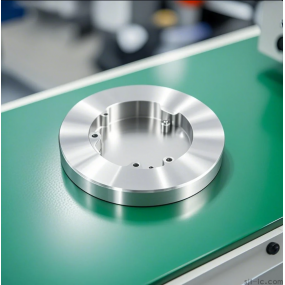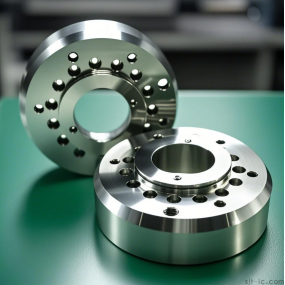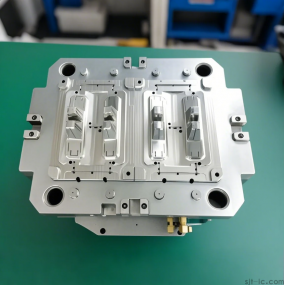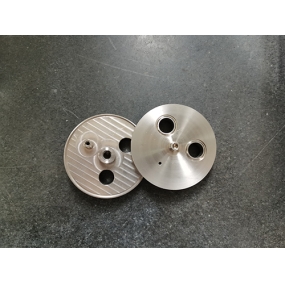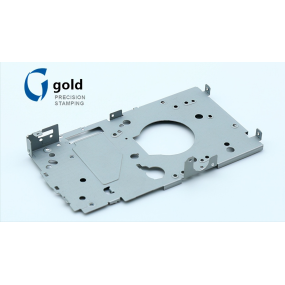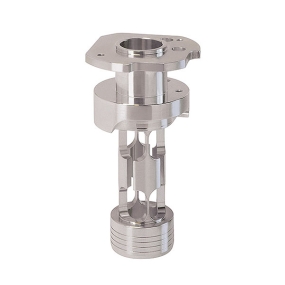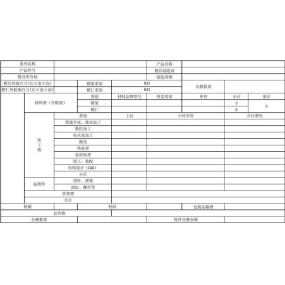With the development of communication, automotive, IT, and various metal processing industries, sheet metal processing has become more and more common, so it is necessary to understand sheet metal processing. Hunan Sheet Metal Processing Factory takes you to understand the common sense of sheet metal processing!
Sheet metal processing can be made into shaped parts by mechanical or manual methods, using metal sheets, profiles or pipes, which can have different sizes and precision. This is determined according to customer needs. It is generally used in the production of some parts of air conditioners and ventilation ducts, as well as products such as end point cabinets, control cabinets and control chassis. Most sheet metal parts can be made of metal sheets and pipe fittings. Its characteristics are: random shape production, light material quality, high strength, less material consumption, and its surface is bright and clean.
Penetrate into our daily lives, such as the pots, bowls, pans, distribution boxes, power distribution cabinets, monitoring waterproof boxes, car parts and other work used in our lives. The processing of metal sheets usually refers to the methods of shearing, bending, calendering, flanging, etc. Generally speaking, the process of relying on molds to make different shapes is called sheet Metal Stamping, and the process of forming sheet metal by hand or machinery is called sheet metal processing.
 Hunan sheet metal processing manufacturers tell you what are the tips for sheet metal processing?
Hunan sheet metal processing manufacturers tell you what are the tips for sheet metal processing?
1. In order to prevent crushing chips from injuring people, a transparent baffle should be installed in an appropriate position.
2. When it is necessary to polish the surface of the workpiece with gauze, the tool should be moved to a safe position, and care should be taken not to let the hands and clothes touch the surface of the workpiece. When grinding the inner hole, do not use your fingers to support the gauze, and use a wooden stick instead. At the same time, the speed should not be too fast.
3. It is forbidden to put tools, fixtures or workpieces on the lathe body and spindle gearbox. Concentrate when working. Fatigue operation, chat operation, multi-person operation, drunk operation, smoking operation are prohibited.
4. Keep the machine tools, tools, and workplaces clean and tidy, and do a good job of handover. When cleaning the workplace after get off work, turn off the power supply and place various knife handles in a safe place.
5. When turning irregularly shaped workpieces, a balance block should be installed, and the balance should be tested before cutting.
6. The tool clamping should be reliable, and the protruding part of the cutter head should not exceed 1.5 times the height of the cutter body. The shape and size of the gasket under the cutter should be consistent with the shape and size of the cutter body, and the gasket should be as small and flat as possible.
7. Except for the measuring tool installed on the lathe that can be automatically measured during operation, the tool holder should be stopped and moved to a safe position before measuring the workpiece.
8. Ribbon chips and helical long chips generated during cutting should be eliminated promptly with hooks, and hand pulling is strictly prohibited.
9. Wear work clothes, cuffs, and protective glasses before work. Female workers should wear work caps, and put long hair in the hair care cap. It is forbidden to wear gloves for operation.
10. Loading and unloading chucks on the spindle of the lathe must be carried out after shutdown. Do not use the power of the motor to remove the chuck.
11. Use a protective cover for the chuck, dial, and protruding part of the chicken heart clip to avoid twisting the clothes and other parts of the body. If there is no protective cover, keep a certain distance during operation.
12. When clamping a workpiece with a top, pay attention to the fact that the center of the top and the center hole of the spindle should be exactly the same, and no damaged or skewed top should be used. Before use, the top and center holes should be wiped clean, and the top of the tailstock should be firmly fixed.
13. When turning slender workpieces, in order to ensure the safety of operation and processing quality, a follow-up or center frame should be used. For the machining part beyond the scope of the lathe, a mobile protective cover and safety signs should be installed.


 Spanish
Spanish Arabic
Arabic French
French Portuguese
Portuguese Belarusian
Belarusian Japanese
Japanese Russian
Russian Malay
Malay Icelandic
Icelandic Bulgarian
Bulgarian Azerbaijani
Azerbaijani Estonian
Estonian Irish
Irish Polish
Polish Persian
Persian Boolean
Boolean Danish
Danish German
German Filipino
Filipino Finnish
Finnish Korean
Korean Dutch
Dutch Galician
Galician Catalan
Catalan Czech
Czech Croatian
Croatian Latin
Latin Latvian
Latvian Romanian
Romanian Maltese
Maltese Macedonian
Macedonian Norwegian
Norwegian Swedish
Swedish Serbian
Serbian Slovak
Slovak Slovenian
Slovenian Swahili
Swahili Thai
Thai Turkish
Turkish Welsh
Welsh Urdu
Urdu Ukrainian
Ukrainian Greek
Greek Hungarian
Hungarian Italian
Italian Yiddish
Yiddish Indonesian
Indonesian Vietnamese
Vietnamese Haitian Creole
Haitian Creole Spanish Basque
Spanish Basque

